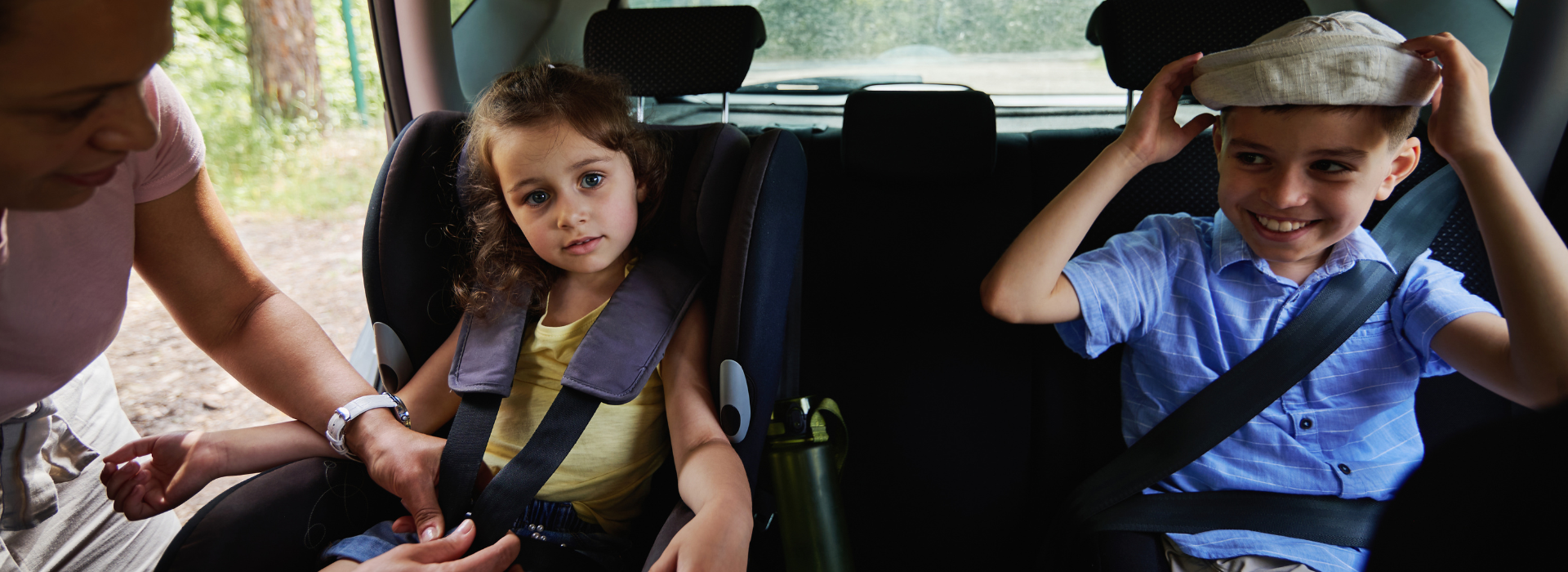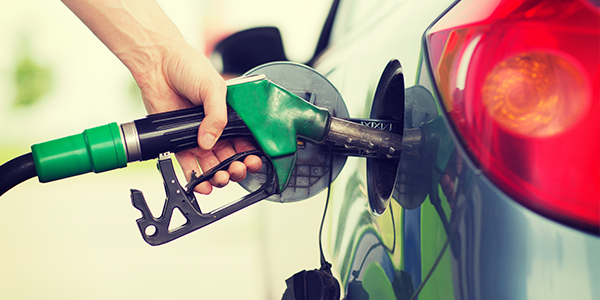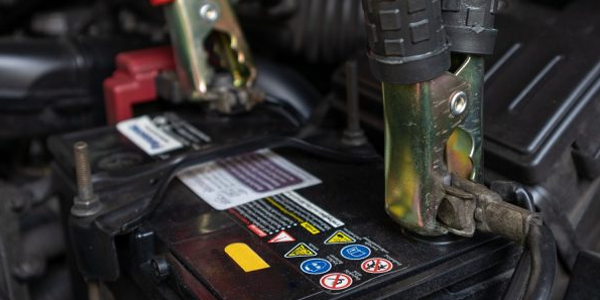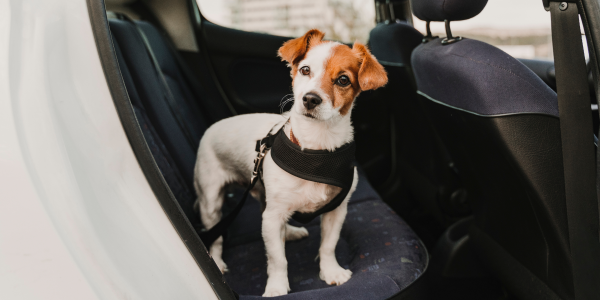September 2025
Child Safety Tips
Ensuring the safety of our youngest passengers is of paramount importance when it comes to travelling in vehicles.
Understanding the proper use of child car seats is crucial for protecting infants and toddlers in the car.
In this guide, we're going to talk about some important tips on how to use car seats the right way, why it's good to keep your child facing backward and why booster seats matter. So, let's get into it, making sure every ride is safe for your precious passengers.
Rear-facing car seats
It's safest for all infants and toddlers to use a rear-facing car seat for as long as possible. 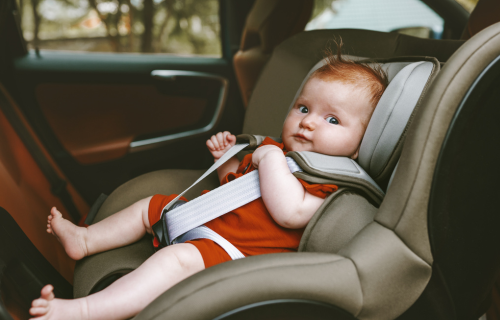
- Position in the back: Rear-facing seats should be placed in the back seat of the car, allowing your baby to face the rear window
- Increased safety: Children are safer in rear-facing seats because their underdeveloped spine, neck, head and pelvis make them more susceptible to head and spinal injuries
- Crash protection: In most crashes, the car seat shell supports and cushions the baby's body and keeps their spine straight.
Full booster seats for better protection
A full booster seat provides better protection compared to a booster cushion. 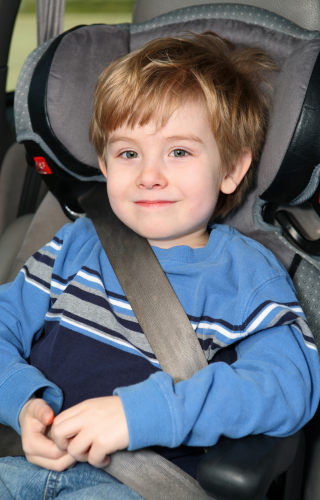
- Back seat safety: Install the booster seat in the back seat, as it is still the safest place for your child during travel
- Correct seat belt placement: Ensure the sash part of the seat belt goes over the child's shoulder. Booster seats with a headrest have a guide to help position the belt away from the neck
- Follow the manufacturer's Instructions: Always refer to the manufacturer's instruction booklet for proper use of car seats to ensure optimal safety
Use booster seats until your child is ready: Keep a child in a booster seat until they are 148cm tall and pass the five-step test, ensuring proper seat belt placement for their safety:
- Their back rests against the seat
- Legs comfortably bend over the seat edge
- Shoulder belt crosses over their shoulder, not their neck
- Lap part of the seat belt sits low on the thighs, not around the stomach
- The child can stay seated like this for the entire trip.
The front seat should not be used for small children due to airbag restraint systems.
Car seat safety: What every parent should know
- Car seats are for travel, not sleep: Car seats and capsules are designed to keep your baby safe while you're on the road. Letting your baby sleep in them when you're not travelling can increase the risk of sudden unexpected death in infancy (SUDI). Always move your baby to a safe sleep space once the journey end
- Check in and take breaks: On longer trips, plan regular stops so your baby can have time out of the restraint. It’s also important to check on your child throughout the drive to ensure they’re safe and comfortable
- Use the restraint until it’s outgrown: Keep your child in their car seat or harnessed restraint until they exceed the height and weight limits set by the manufacturer. This ensures they’re getting the best protection possibl
- When to move to a booster seat: Once your child has outgrown their harnessed seat, they can move to a booster seat. International best practice recommends using a booster until your child is at least seven years old and 148 cm tall. Your child is ready to use an adult seatbelt without a booster when:
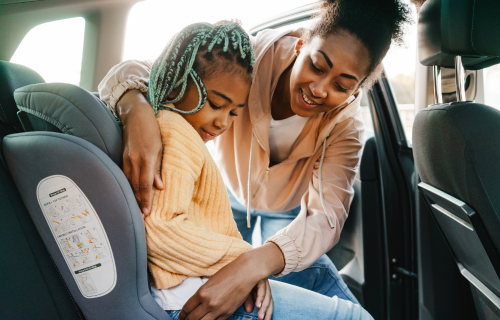
- They can sit all the way back with knees comfortably bent over the seat edge
- The seatbelt sits across their shoulder and chest (not their neck)
- The lap belt sits low across their thighs (not their stomach)
- They can stay in this position for the entire trip
- If any of these aren’t true, it’s safest to keep using the booster seat.
- Avoid bulky clothing in restraints: Thick jackets or bulky clothing can prevent the harness from fitting snugly and may cause overheating. Dress your child in light layers and, if needed, place a blanket over the secured harness for warmth.
For more information and helpful videos, visit the NZTA Waka Kotahi website >>
You can find out about car seat installation here >>
